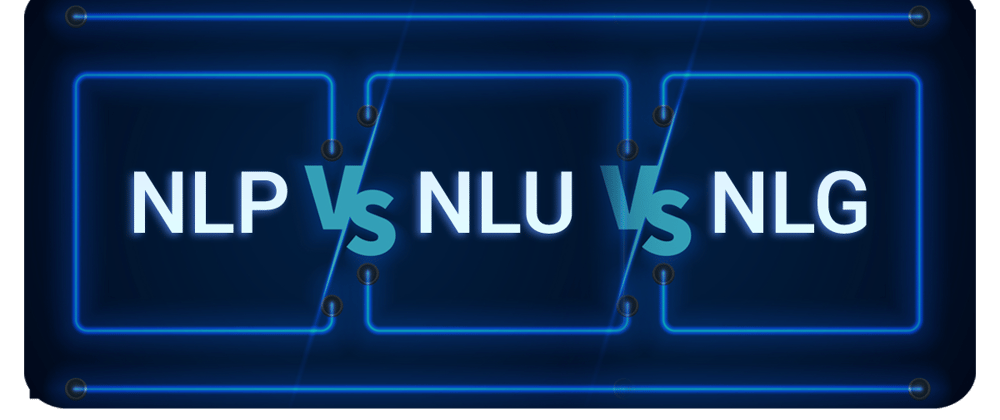Table of Contents
Natural language processing (NLP) uses methods from various disciplines in order to allow computers to understand human language in both written and verbal forms. This works by taking unstructured data and converting it into a structured data format. Natural language understanding (NLU) and natural language generation (NLG) are simply components of NLP but are oftentimes confused in conversation.
NLP
Natural language processing seeks to convert unstructued language data into data format to enable machines to understand speech/text and formulate relevant and contextual responses. NLP, in fact, is a science of reading, understanding, interpreting a language by a machine. Once a machine understands what the user intends to communicate, it responds accordingly. NLP itself as an area of study is increasingly becoming an important area of interest and major tech giants like Google, Apple, and IBM are investing into NLP heavily.
NLU
Natural language understanding is a subset of natural language processing, which uses syntactic and semantic analysis of text and speech to determine the meaning of a sentence. It is able to do this by understanding the context, semantic, syntax, intent, and sentiment of the text. NLU is able to determine whether a statement is true/false, keep track of states of conversation, automatically answer, identify, extract, and quantify subjective information. The understanding of natural language is based on three techniques:
- Syntax: understands the grammar of the text
- Semantics: understands the actual meaning of the text
- Pragmatics: understands what the text is trying to communicate
NLG
Natural language generation aims to produce meaningful sentences. Some NLG models include the Markov chain, recurrent neural network (RNN), long short-term memory (LSTM), and transformer. The rise of NLG is growing due to the increasing use of chatbots, automated messaging, and the use of tech involving language and/or speech.
Future of NLP
The NLP market is predicted be almost 14 times larger in 2025 than it was in 2017, increasing from around three billion U.S. dollars in 2017 to over 43 billion in 2025.
Statista
NLP has a lot of uses within data science, which translates to many other fields. NLP is one of the largest fields of data science.
- Speech recognition
- Market analysis
- Virtual assistants
- Search results
- Predictive text
- Language translation
- Disease prediction
- Transfer learning
- Search engine optimization
The global Natural Language Processing (NLP) market size to grow from USD 11.6 billion in 2020 to USD 35.1 billion by 2026, at a Compound Annual Growth Rate (CAGR) of 20.3% during the forecast period.
MarketsandMarkets
Conclusion
Have you done any projects with NLP? Link them in the comments below!
Happy coding!












Top comments (0)